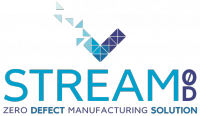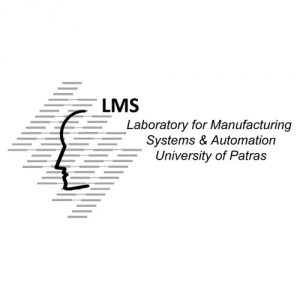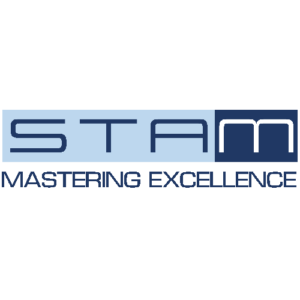-

A new vision for zero defect products
We are building a new technology to increase manufacturing efficiency, and provide the in-line processes with maximum flexibility
-

Straight to the goal
With actual measurements and real-time simulation models, we allow products to be adjusted to the required design by using simple mobile devices, and reduce downtime for changing specifications
-

The smart-decision factory
Cut down rejected units and discarded materials, easily customize batches with different features, and eliminate in some cases end-of-line testing
STREAM-0D The way to zero defect production

STREAM-0D is a European-wide project which has the ambition to tackle one of the main challenges of the manufacturing industry: reaching a zero-defect production.
Our technology is based on the integration of multiphysics simulation models linked with measurement devices in the production workflow, which enable the control of the most important manufacturing parameters in real-time.
Simulation models are fed with actual data measured in the production line, and are able to predict the production output based on the most relevant line parameters. This enables manufacturers to adjust the product to the exact design specifications, or to quickly change specifications for producing customized batches, thus ensuring maximum flexibility of the in-line processes.
The STREAM-0D system is currently being designed and tested in three real process chains of the automotive sector, covering different types of production methods, products, materials, and manufacturing processes.
The benefits for manufacturing industries The main objective of STREAM-0D is to allow industries to adjust the manufacturing processes in real time, introducing smart decisions based on the forecast of the models. This leads to increasing the production efficiency, with high savings in time and costs.
-

Reducing rejected units
-

Increasing flexibility of processes
-
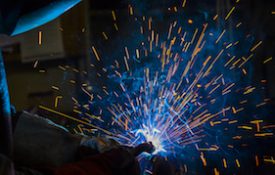
Controlling product variability
-
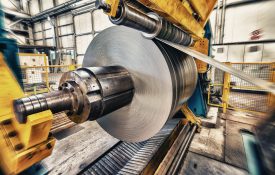
Characterizing production
Latest News
- Final meeting to be held on October 8th, 2020 08 September 2020
- STREAM-0D's mentioned in the EC's Innovation Radar 22 July 2020
- D4.3 | Model-Based Control Modules (STAM) 20 May 2020
Subscribe to STREAM-0D Newsletter

This project has received funding from the European Union’s Horizon 2020 research and innovation programme under grant agreement No 723082.
